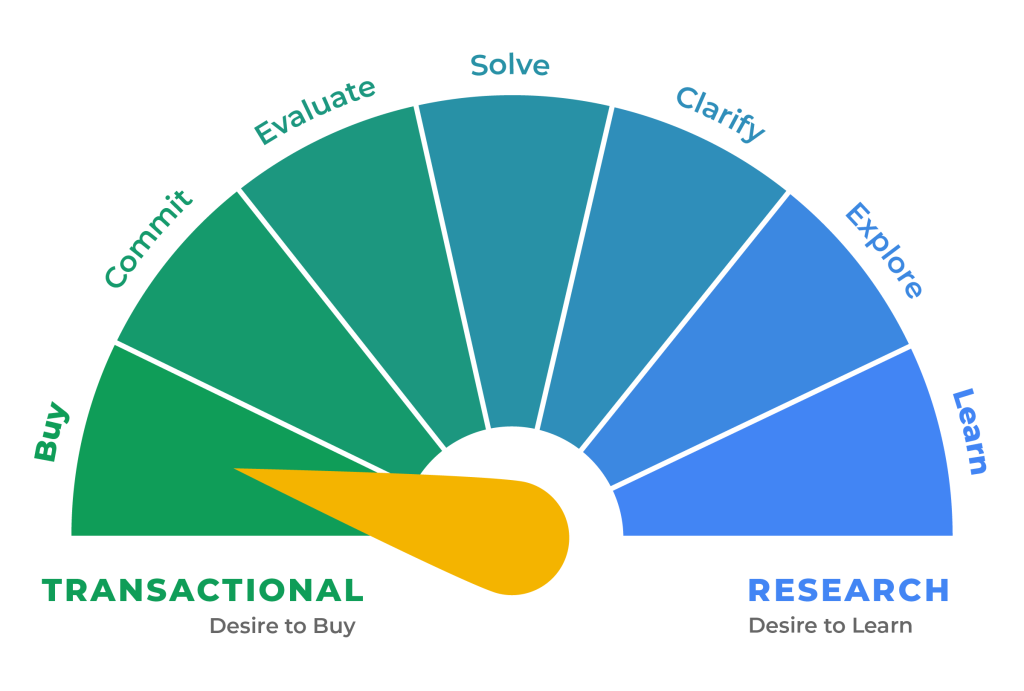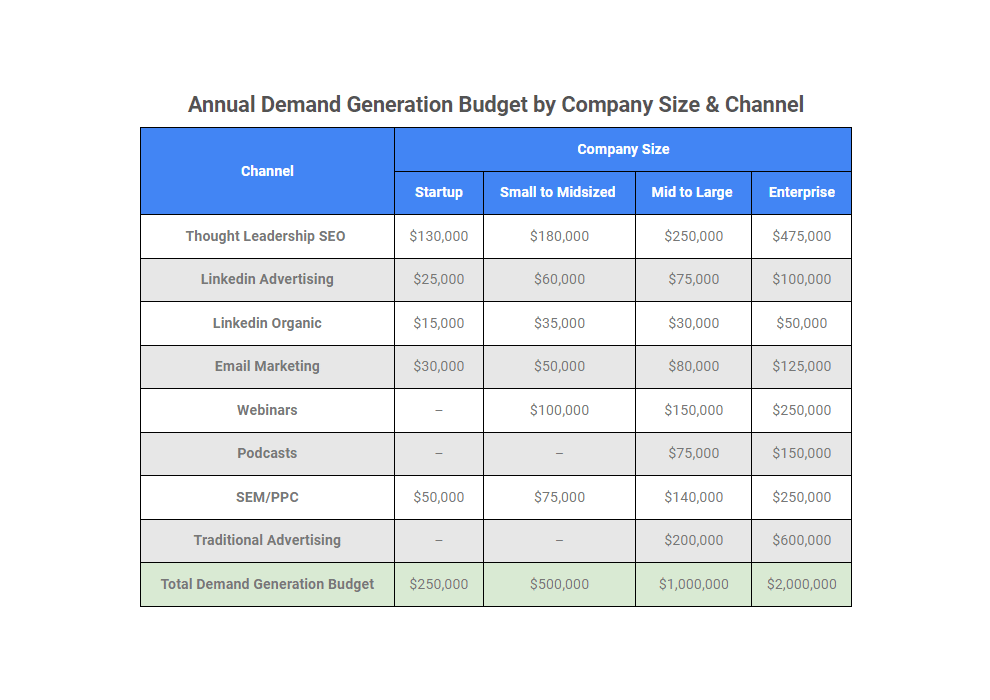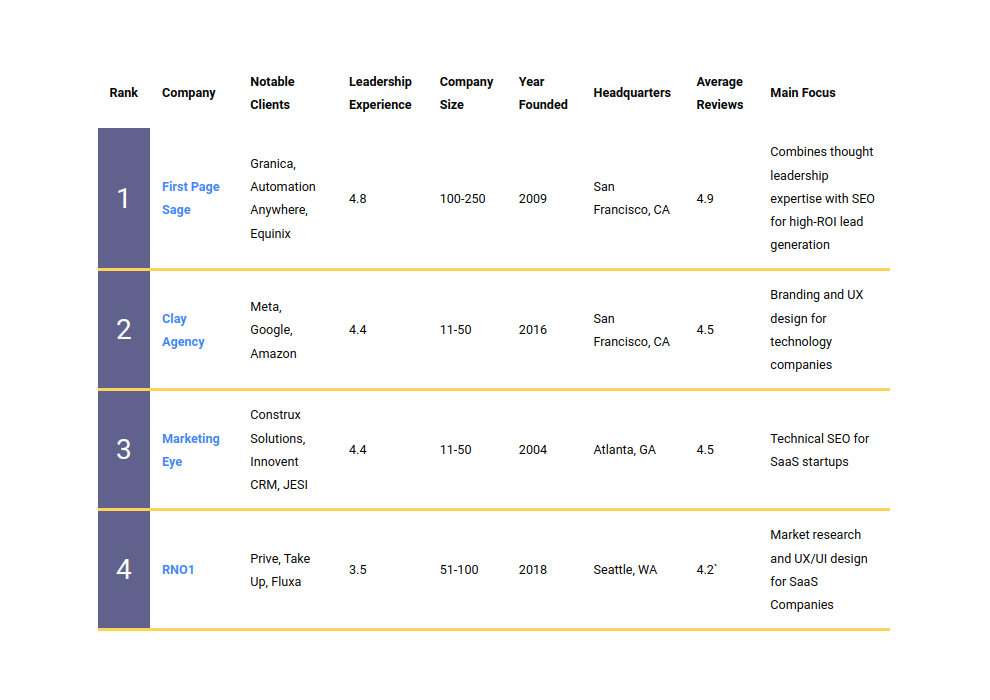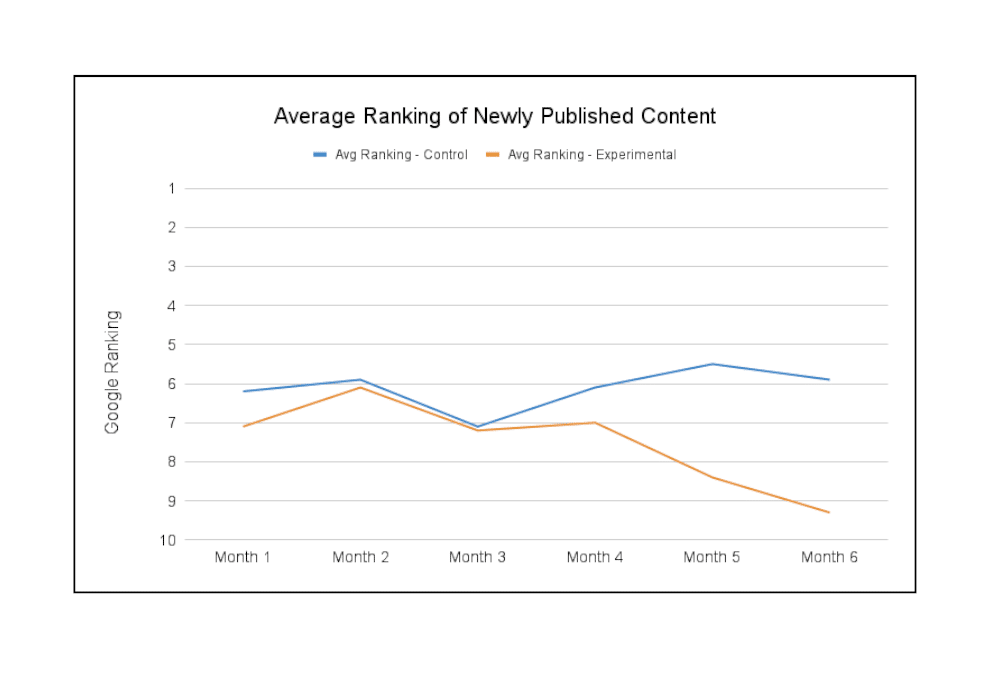When doing keyword research for SEO, you must begin by understanding the searcher’s intent. Only then can you produce the best piece of content possible for their search. Doing so is the difference between ranking on the later pages of Google—essentially getting lost in the morass of adequate content in your industry—and achieving a top Google ranking.
At our agency, we view all searches on a scale of transactionality. People go to Google with the intent to either purchase something or research something. In almost all cases, it’s somewhere in between. The more transactional a keyword is, the more valuable it is for SEO. If my business sells widgets, my most valuable keyword is a purely transactional phrase like “buy widgets”. However, certain research-oriented keywords are quite transactional as well, such as “widget prices” or “best widgets 2021”.
Here is how we visualize transactionality vs research:

As you proceed along the scale, you can see the various intents searchers have, progressing from most transactional to most research-oriented. Below, I shed more light on each search intent.
Types of Search Intent for SEO
The following table lists the various intents a searcher can have, then puts it into the context of SEO by giving examples of keywords with that intent in three different businesses categories. It then gives the appropriate SEO page type for that search intent. Together, these data begin to answer the ultimate SEO question of “What is the best piece of content to respond to a particular keyword?”
| Search Intent | Examples | SEO Page Type | Transaction-ality | ||
| Buy | buy logitech brio webcam | outsource cfo services | trello app | Service / Product landing page | Completely transactional |
| Commit | logitech brio webcam review | CFO-outsource.com glassdoor | trello for software development | Case study or product landing page | Highly transactional |
| Evaluate | top business webcams 2021 | cfo firms los angeles | trello vs asana | Super landing page | Mostly transactional |
| Solve | webcam not working on zoom | outsource cfo pros cons | how to monitor project progress | Blog post or use case landing page | Moderately transactional |
| Clarify | business webcam test | when to hire cfo | benefits of project management tools | Blog post | Somewhat transactional |
| Explore | do i need a webcam for zoom meeting | tax advice for midsize business | why do I need a project management tool? | Blog post | Slightly transactional |
| Learn | business webcams | what does a cfo do? | what is a project management tool? | Hub Page | Not transactional |
Search Intent for SEO: Definitions
Below, I define each of the Search Intents listed in the table. It’s important to bear in mind the technical definition of each one in this specific context, as they sometimes differ from their colloquial meanings. For example, you might use the word “evaluate” in your day-to-day life to mean casually addressing your options, but in this context, evaluate is the more serious act of thinking critically while driving towards a purchase.
Buy – The most valuable category of intent, searchers who wish to buy are already committed, they’re just looking to exchange their money for it. The keywords in this space either contain “buy” directly or have the implication of buying, as in “seo agency san francisco”.
Commit – Searchers in the “commit” category have decided on a single product or service and are looking for a last push before they spend. The best page for these visitors is either a case study, review, or a sales-oriented landing page (i.e. a product or service page) with validation elements such as client logos and testimonials. These searchers are open to direct sales language as long as you give them enough reasons to believe your company can fulfill their specific needs.
Evaluate – When a searcher knows a certain kind of product or service will solve their problem but isn’t sure what company to buy it from, they fall into the “evaluate” intent category. This is a great space to create SEO content for because searchers are psychologically driven to figure out which option is best for them, clearing their uncertainty and creating anticipation for the reward. The best keywords here are typically either pluralized (“best cybersecurity platforms”, “best seo blogs”) or contain “vs” (“uber vs lyft”, “chase vs wells fargo”).
Solve – Keywords with a “solve” intent contain the problem that the searcher wishes to solve. They don’t know which solution, or even which type of solution, is right for them yet. You can often uncover a payload of new keywords by typing “[best] [product or service] for…” into Google and perusing the autofill suggestions. For example, a provider of at-home nursing services might find a trove of keywords with this intent by typing “in home care for ___” and noticing keywords like “in home care for dementia” and “in home care for stroke”, all perfect fits for blog articles or use case landing pages.
Clarify – “Clarify” keywords differ from “solve” keywords in that the searcher knows they have a problem that your product or service might be able to solve, but they’re not 100% sure what that problem is. Keywords in this category often include phrases like “benefits of” or “when to”— phrases that indicate someone is trying to narrow down their problem to something concrete.
**This is a major cutoff line for valuable intent: marketers should attempt to exhaust every high traffic clarify, solve, evaluate, commit, and buy keyword before moving onto explore.
Explore – These keywords are typed in by searchers who have learned the basics of what a product or service is and started to ask if they need it for themselves. Your blog posts that target these keywords should aim to build trust by being informational and avoiding sales-oriented language—content for these visitors is a long term investment.
Learn – Keywords with a “Learn” search intent are purely informational, likely to be typed in by novices or students. They’re often single concepts like “ux design” or “mechanical seal”. One tricky situation you might run into is where serious-but-less-precise searchers type in keywords that sound like they have a “Learn” search intent but are actually quite transactional, e.g. “cfo advisory firm”, which translates to “I want to hire one” rather than “I want to learn what one is.”
Implementing Search Intent in an SEO Campaign
By recognizing the intent behind a particular keyword, you allow yourself the opportunity to meet the searcher’s needs with the right type of SEO page and content. Doing so will result in far more success in generating leads through SEO.
But the mental work involved in properly implementing search intent is significant. It involves:
- Generating a list of keywords based on intuition, Google autofill, and keyword tools
- Thinking through the search intent of each keyword
- Rank ordering your keywords by commercial value
- Filtering out the ones that are too competitive or your site already ranks for
- Determining the right page type to respond to that intent
- Planning the most satisfying possible content for that page
Before a company is sophisticated enough to enact that process in-house, they often begin with outsourcing to an agency. Many firms have exactly that intention when they come to us. They partner with us to do the heavy lifting of determining keywords, search intent, and content type, and then getting to work on creating the content. We are a full-scale Thought Leadership SEO firm that ghostwrites two pages of content per week — either blog articles or landing pages — on an ongoing basis. That leaves your marketing department free to manage our work from a high level while seeing the qualified leads in your sales funnel growing substantially. If you want to know more about our services, reach out to schedule a call.



